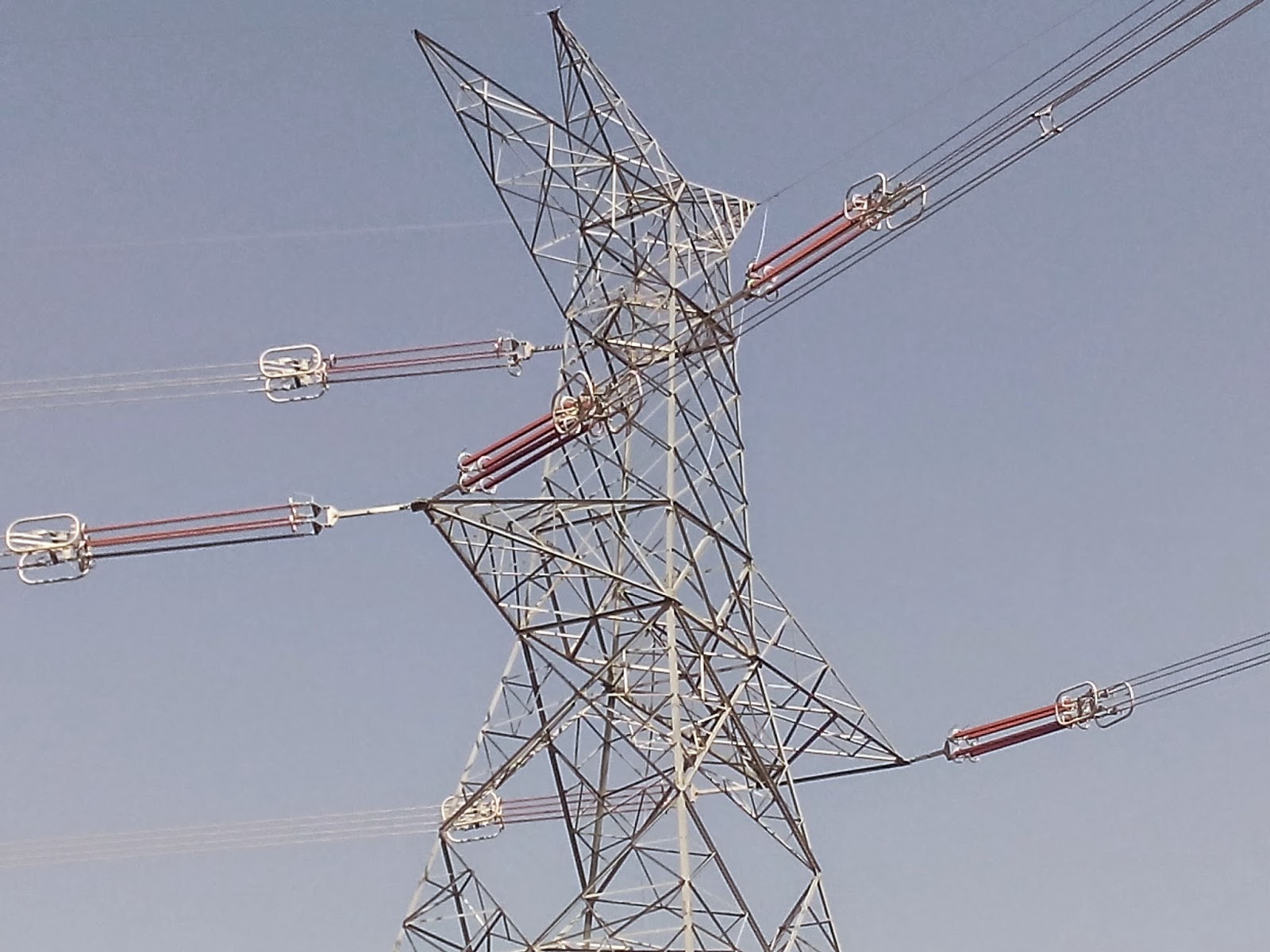Technical Document of Polymer Insulator

Composite (polymeric) Insulators
Composite insulators are insulated by a composite structure composed of two or more organic materials. The composite insulators operating in the power grid are mainly rod-shaped suspension insulation, which accounts for more than 95% of the total number of various operating composite insulators
Silicone Rubber for Composite Insulators
silicone rubber is a kind of composite (polymeric) material consists of long-chain polysiloxanes, aluminium hydroxide (Al(OH)3) and various filler additives.
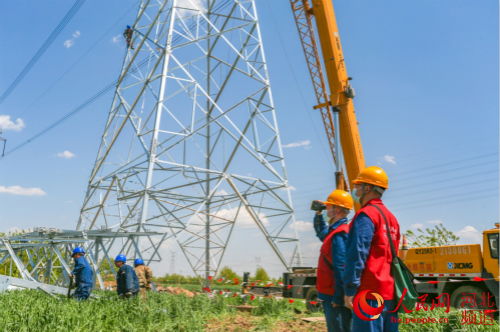
Composite Insulators Overhaul
Composite insulators have been widely used in power systems because of their light weight, high strength, strong pollution flashover resistance, and convenient manufacturing and maintenance, breaking the long-term dominance of porcelain and glass insulators. According to incomplete statistics...
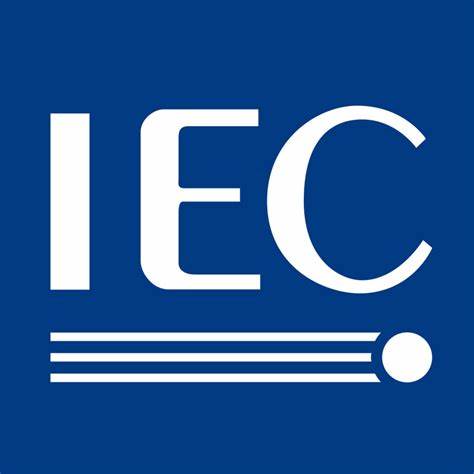
IEC standards for composite polymer insulator
The insulators furnished shall be in accordance with, but not limited to IEC 61109, IEC61952
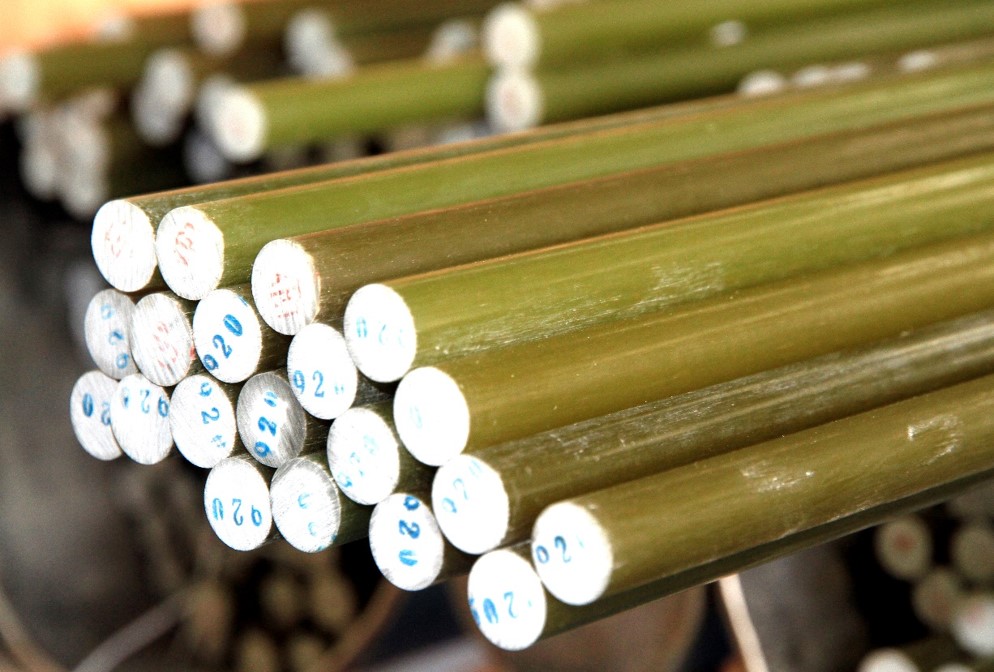
ECR Fiberglass Rod for Composite Polymer Insulators
The core rod is the load-bearing component of the composite insulator's mechanical load, and at the same time is the main part of the internal insulation.
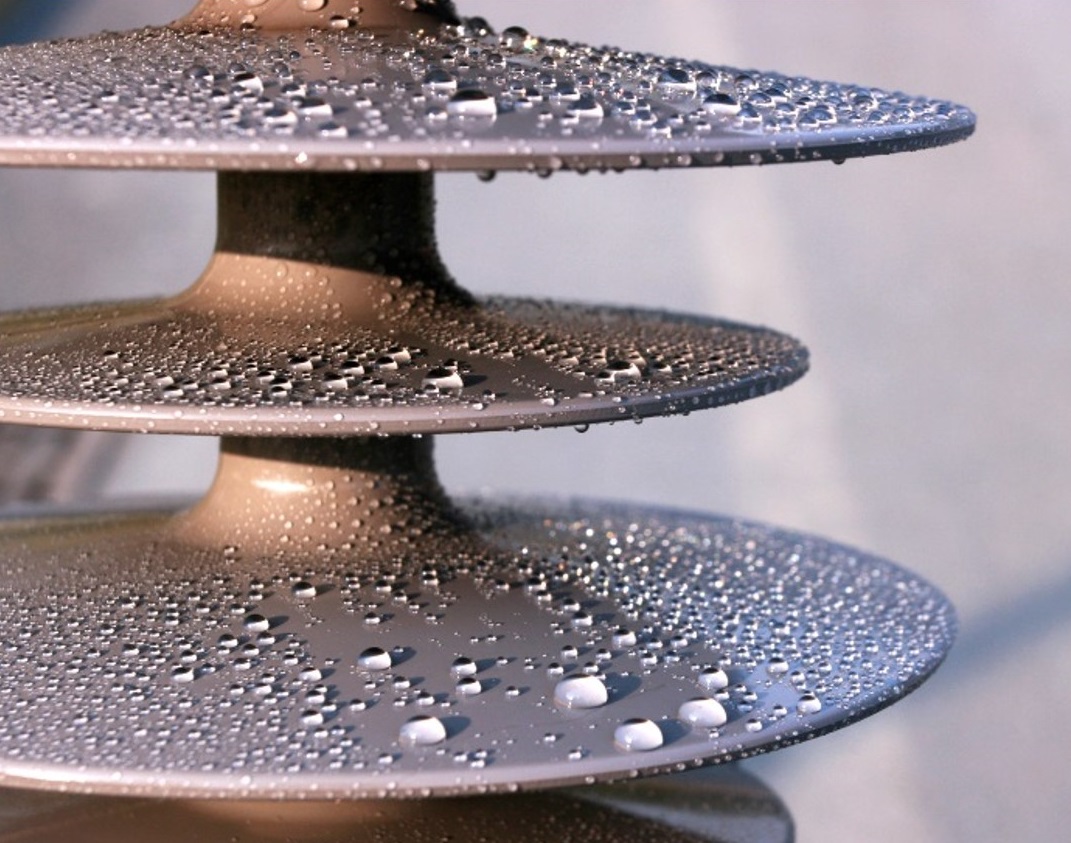
Sheds and sheath of polymer insulator
The Sheds sheath is the outer insulating part of the composite insulator. Its function is to make the composite insulator have sufficiently high external insulation performance against moisture flashover and pollution flashover to protect the core rod from the external atmosphere.
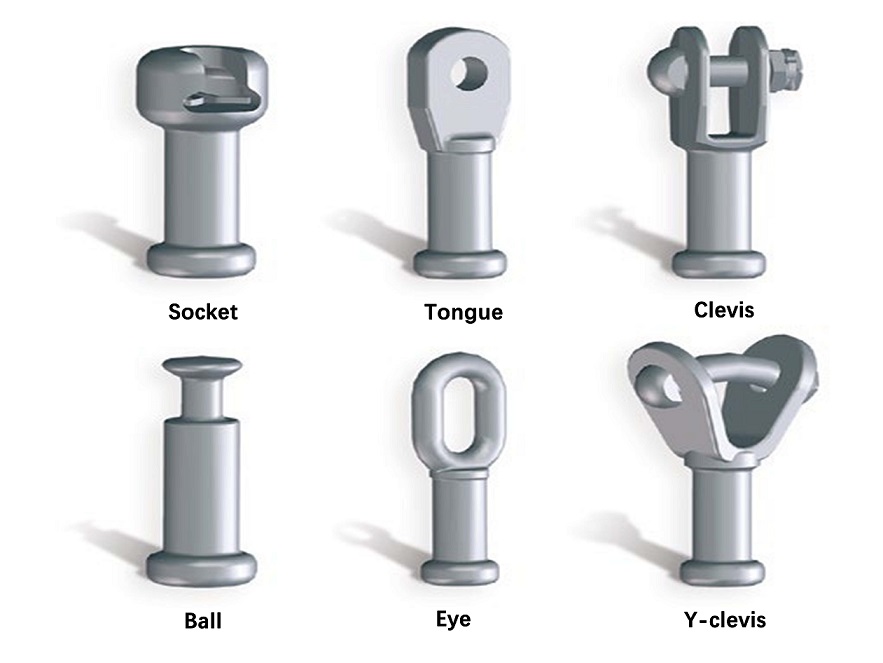
End Fittings of Composite Insulators
Typical end fitting configurations of composite insulators are shown in following figure. Dimensions are in accordance with: IEC 60120 etc.
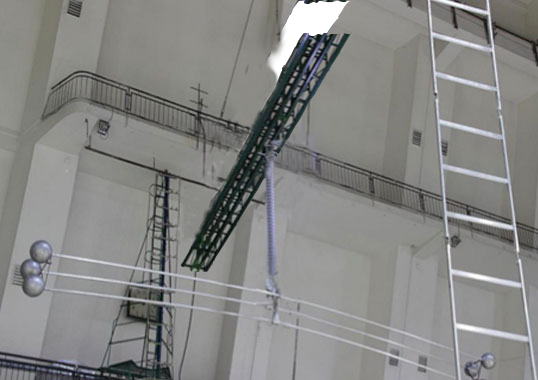
Use of composite insulators to prevent contamination flashover of transmission lines
The selected composite insulators for overhead transmission lines not only meet the electrical performance of the power grid
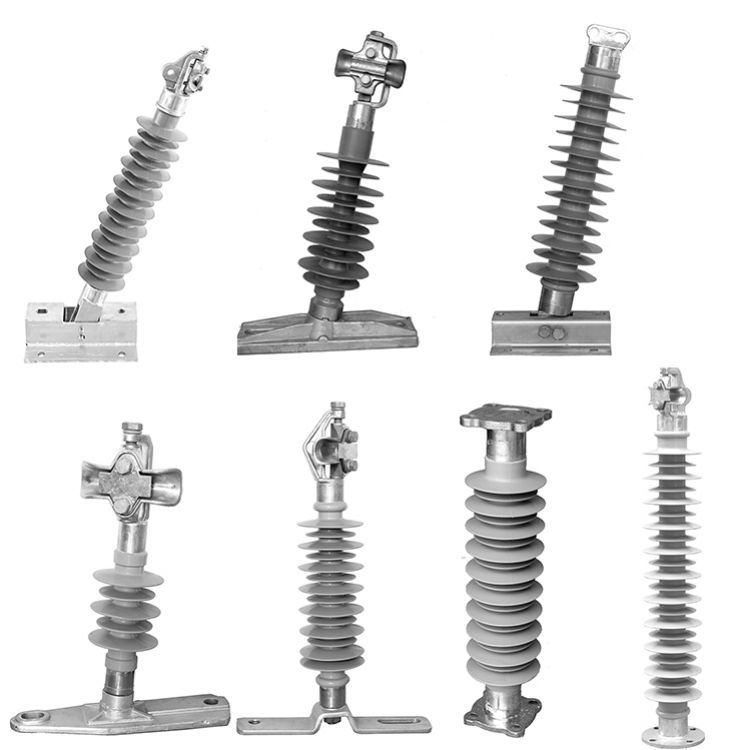
What is polymer line post insulator
Polymer line post insulator (also called composite line post insulator, polymeric line post insulator) consisting of a load-bearing cylindrical insulating solid
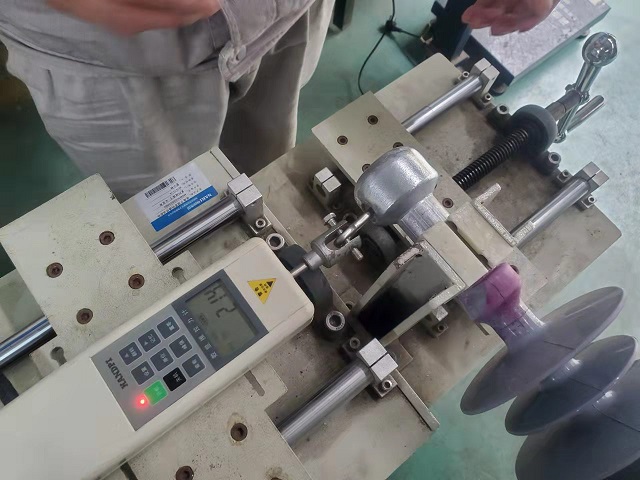
Verification of the loacking system of insulator
The load is gradually increased until the locking device moves to the coupling position. for 3 times
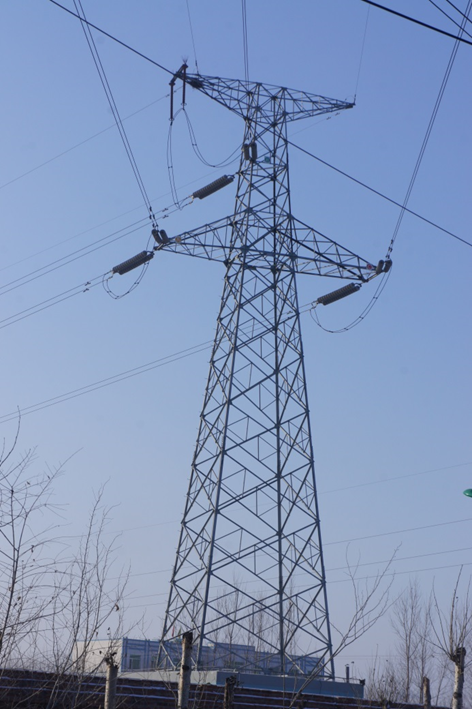
Power Line supporters
Angle steel towers are the most common form of high-voltage towers. Most of them are space truss structures made of hot-rolled and other limb angle steel and as
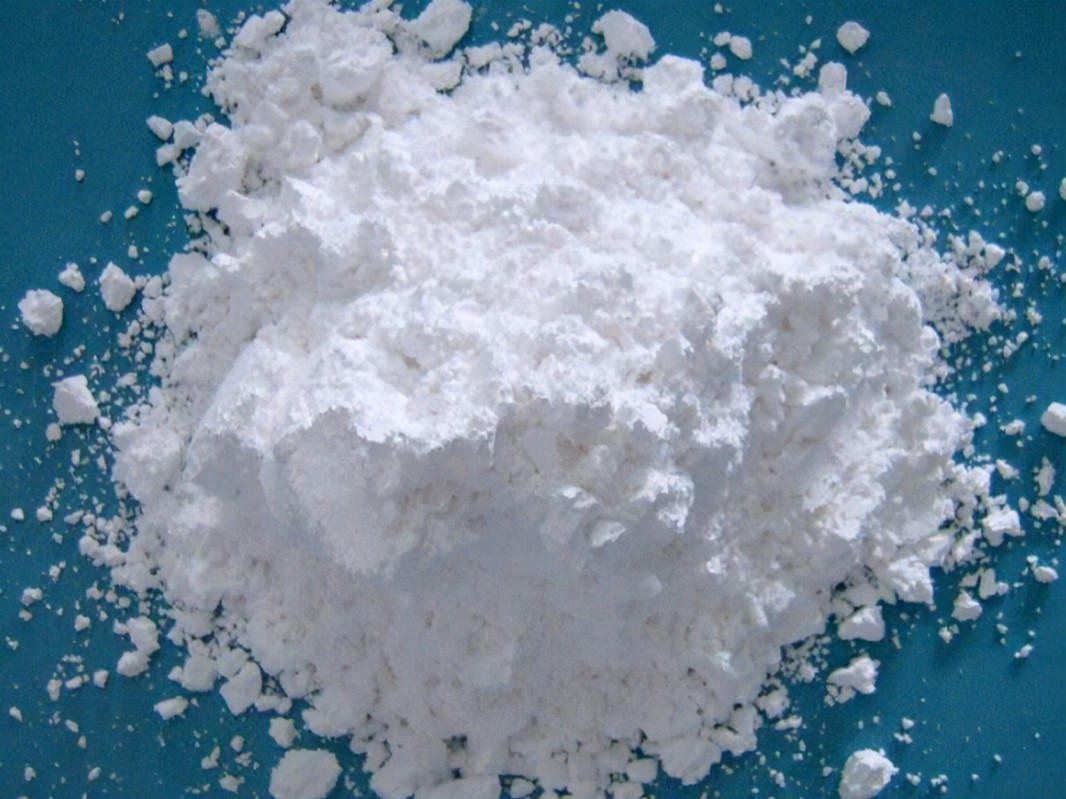
What is the effect of ATH for silicone rubber insulator
For insulators, high ATH content can improve the resistance to tracking and electrical erosion of composite insulators, but if ATH content is too high, the link
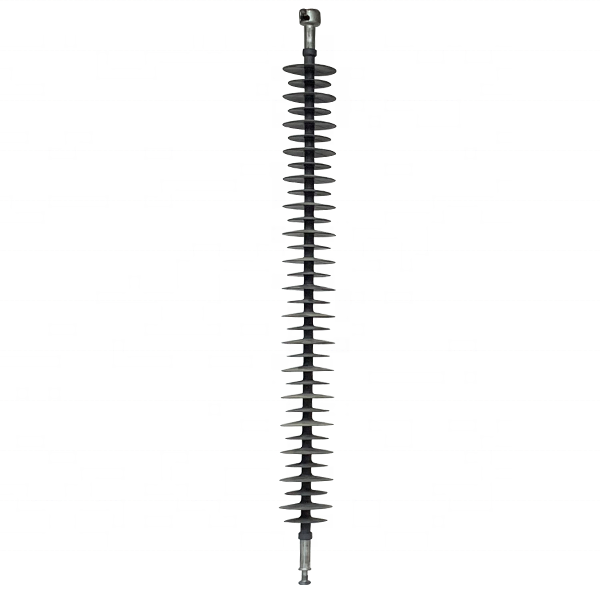
polymer insulator
Polymer insulator is a kind of insulator with polymer insulation parts, and it is also named also named composite insulators, silicone rubber insulator.
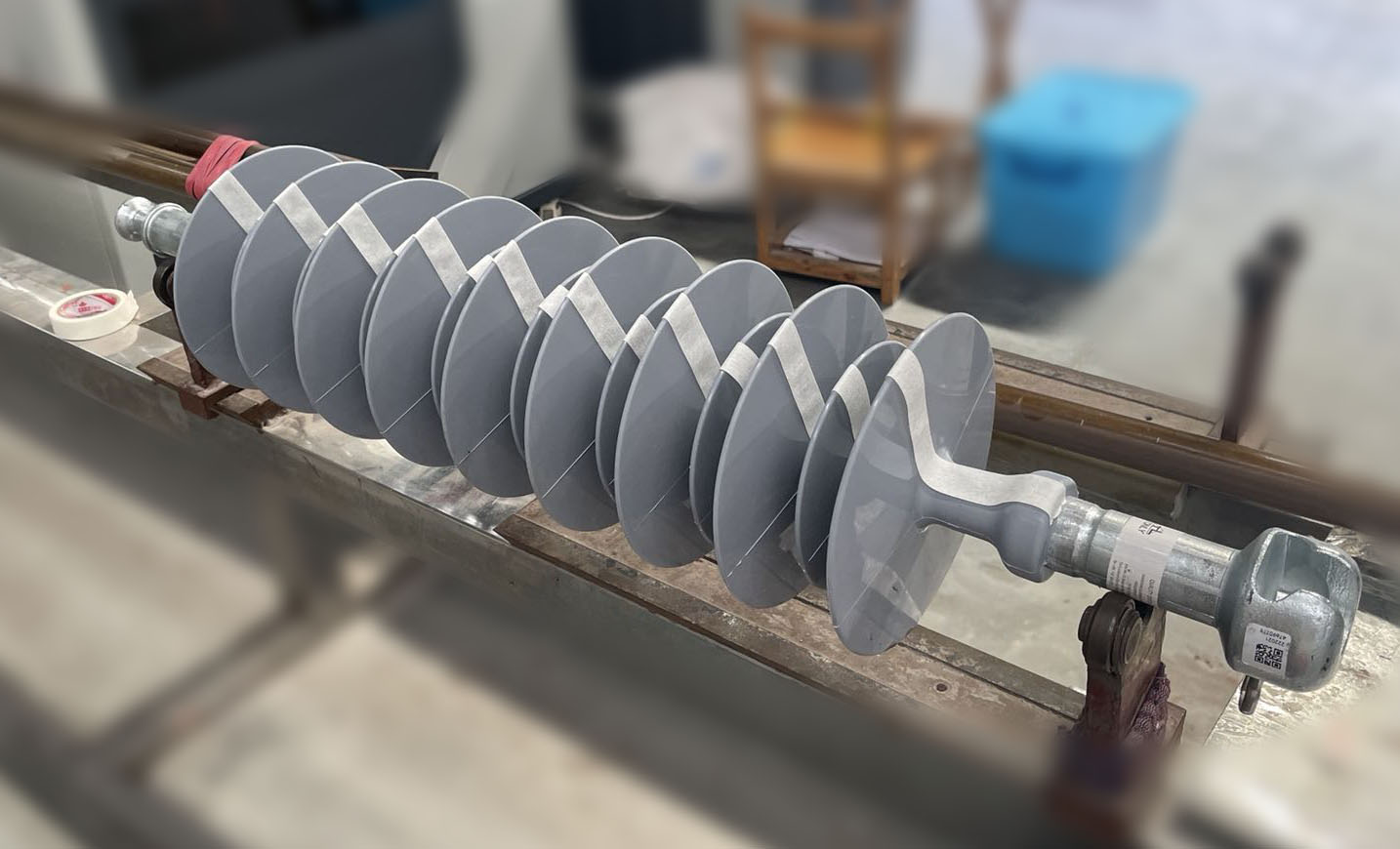
Pollution Level of Insulators
Pollution Level of Insulators and creepage distance needed for the insulators

What is clearance distance for insulator
Clearance Distance also called minimum arcing distance, it is the shortest distance between two conductive parts of insulators.
